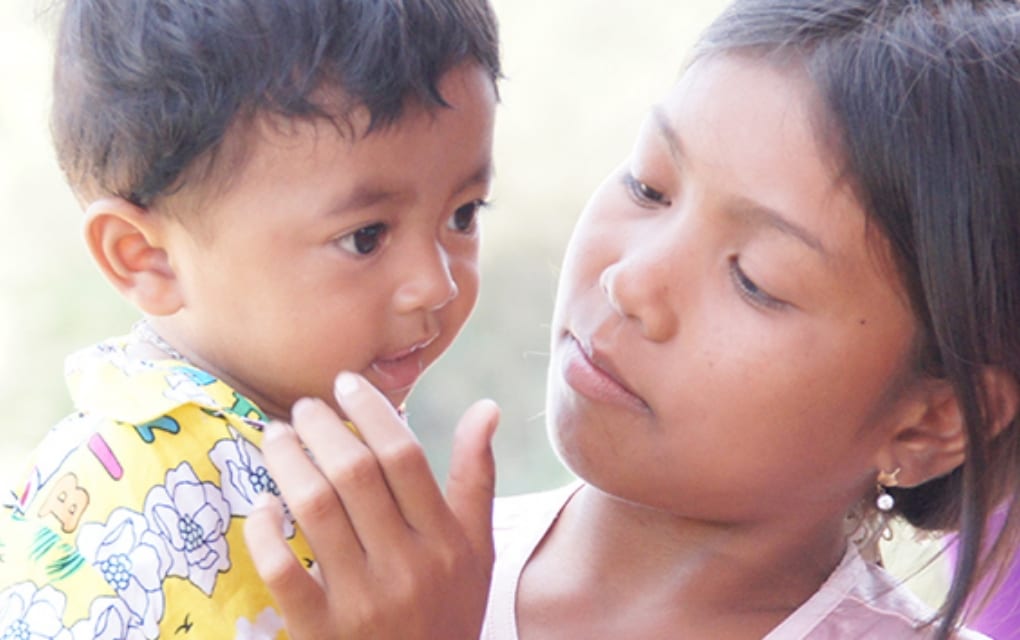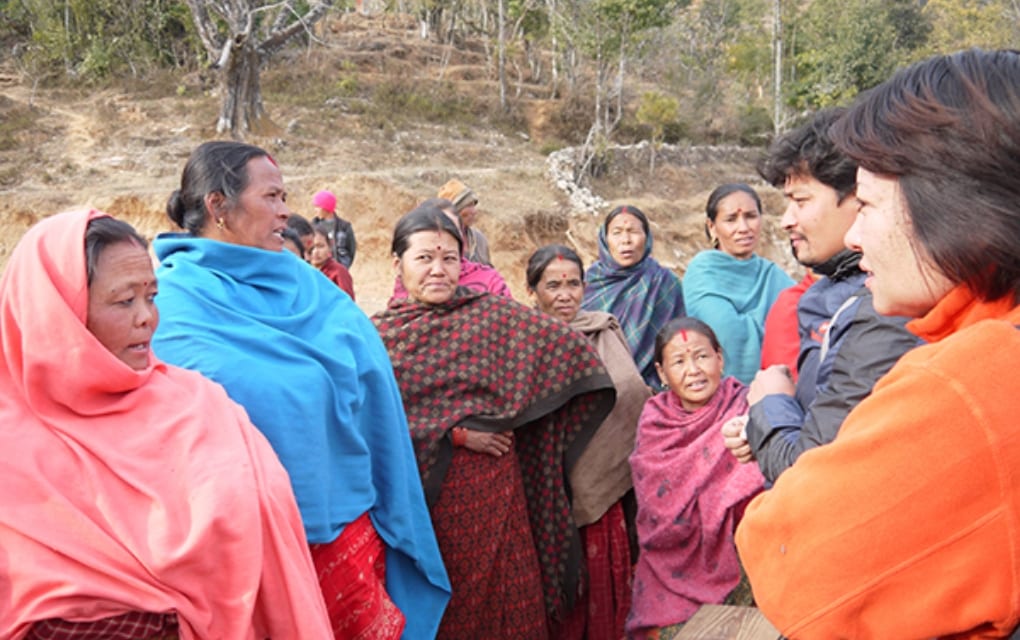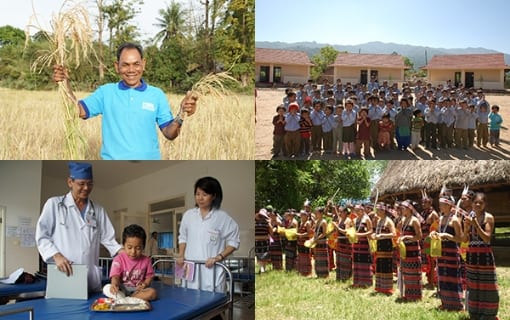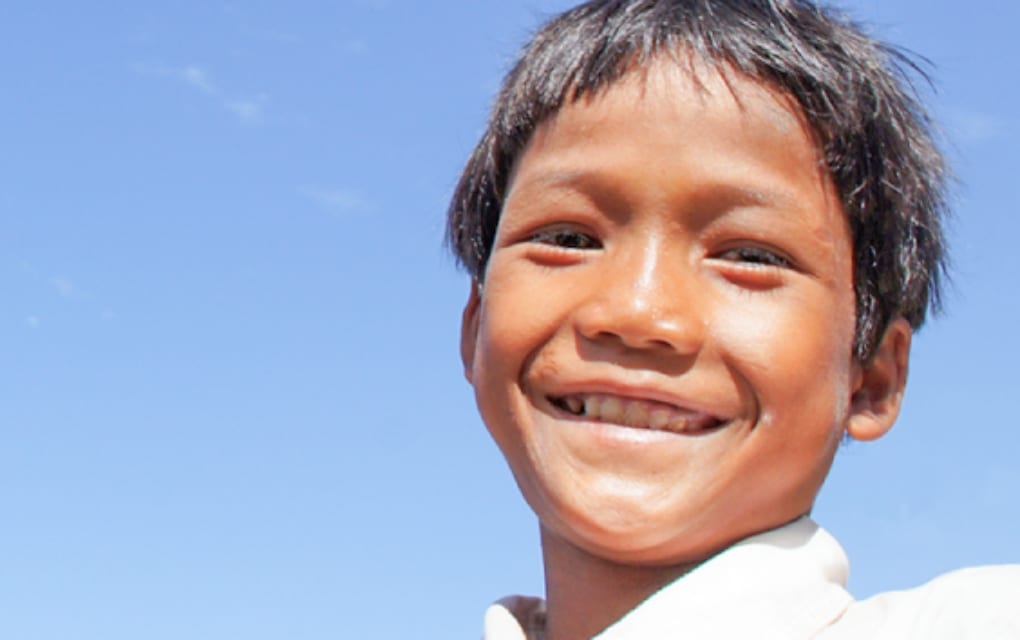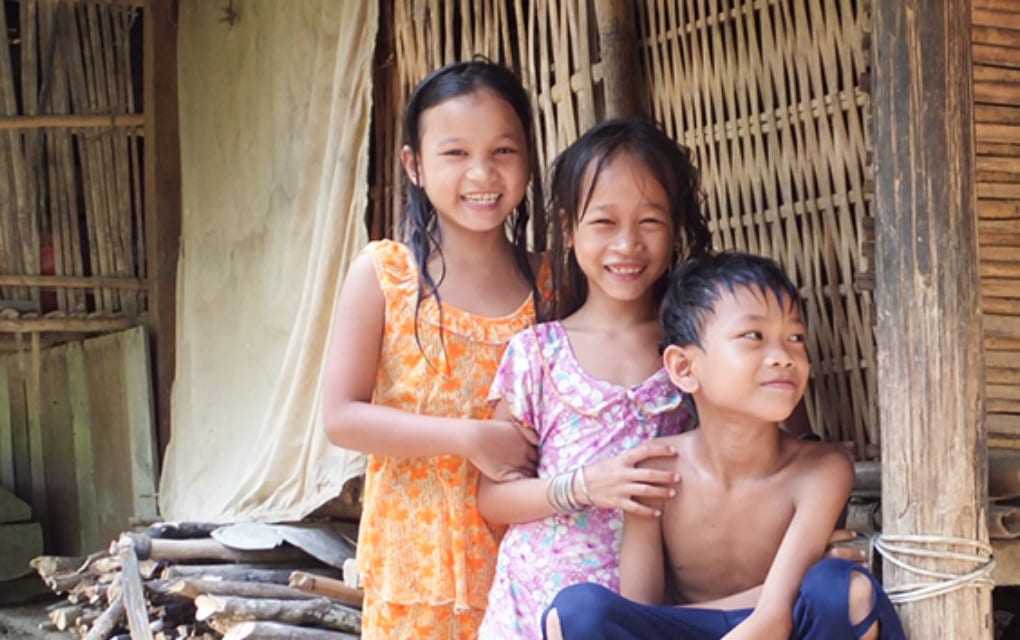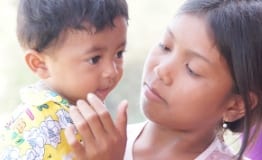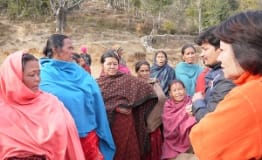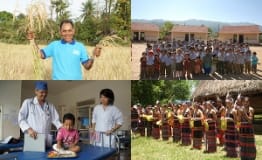Sanitary Toilet Facilities Ready for Use at Schools
A massive earthquake hit Nepal in 2015. It caused significant damages to school facilities, and their reconstructions are still in progress even today. One of the issues in reconstructing school facilities is that school buildings are always prioritized, and as a result, there is not enough workforce for the toilet facilities. Therefore, FIDR chose three schools in Dhading District that appeared to be in the critical situation and supported them with the construction of the new toilet buildings.
Raghu Secondary School is one of those three schools with 259 students. The students had been using old style toilet which is a small common space without any partition. Everyday students were required to fetch water from an off-campus sight to flush and clean the toilet. The facility was under the unsanitary condition as it started to decay and did not have sufficient water supply. The new toilet building, on the other hand, separates rooms by gender. It has a tiled floor, and the water tank is implemented on the roof, which allows to bring water from the source and store it for use. Students can now use the sanitary toilet at school.
The other two schools also provided positive feedback on this activity. “Five years after the earthquake, there‘s finally a clean toilet available at school, and now I can come to school with ease at mind,” they said. “Our students started to wash their hands as the new toilet facility is equipped with sinks.”
FIDR will continue working on the project to create an environment where the schools and local communities can maintain the sanitary toilet by themselves as well as educate children for the proper use of them.
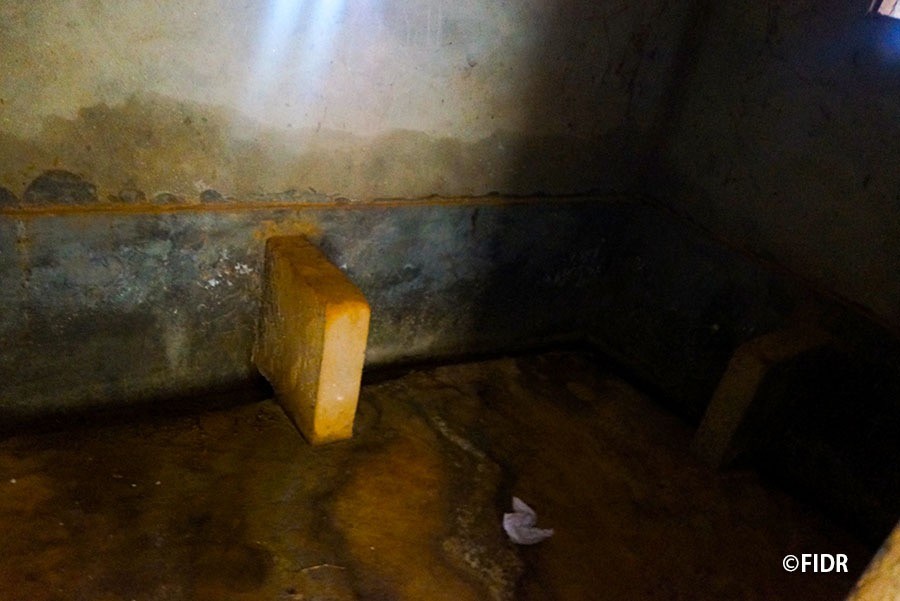
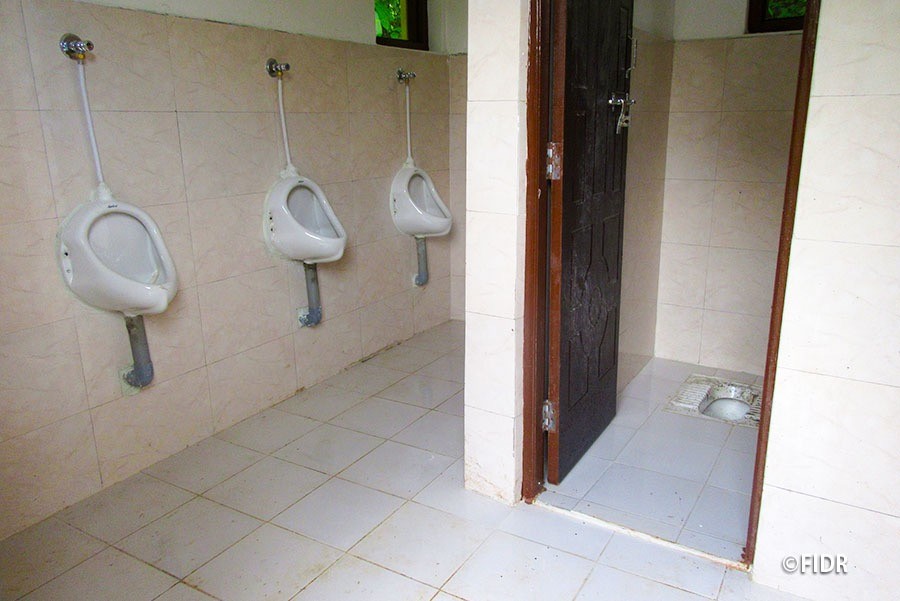
A dark and unsanitary (1st image) turned into a brighter and more sanitary one (2nd image).
(Raghu Secondary School)
Other Activity Reports
-
Pediatric Surgery Project

2025.11.11
Transforming Surgical Care at ...
Cambodia Medical Care International Cooperation for Social Development -
Nutrition Education and Promotion Project
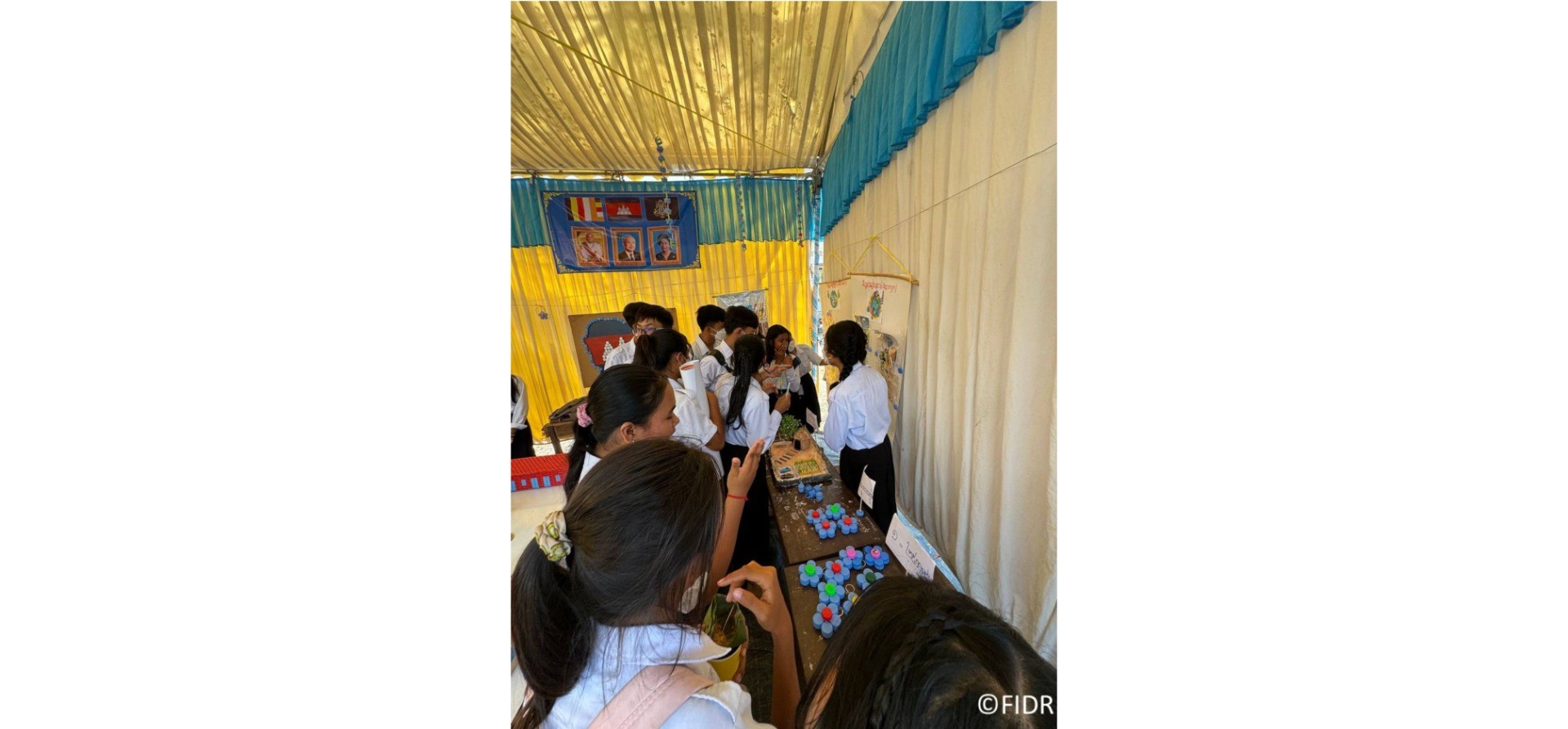
2025.10.09
From Shokuiku to Sankranta Day...
Cambodia Health anbd Hygiene Nutrition Education International Cooperation for Social Development
DONATION
Your generous donation now will have impacts
on children and communities in our fields.

